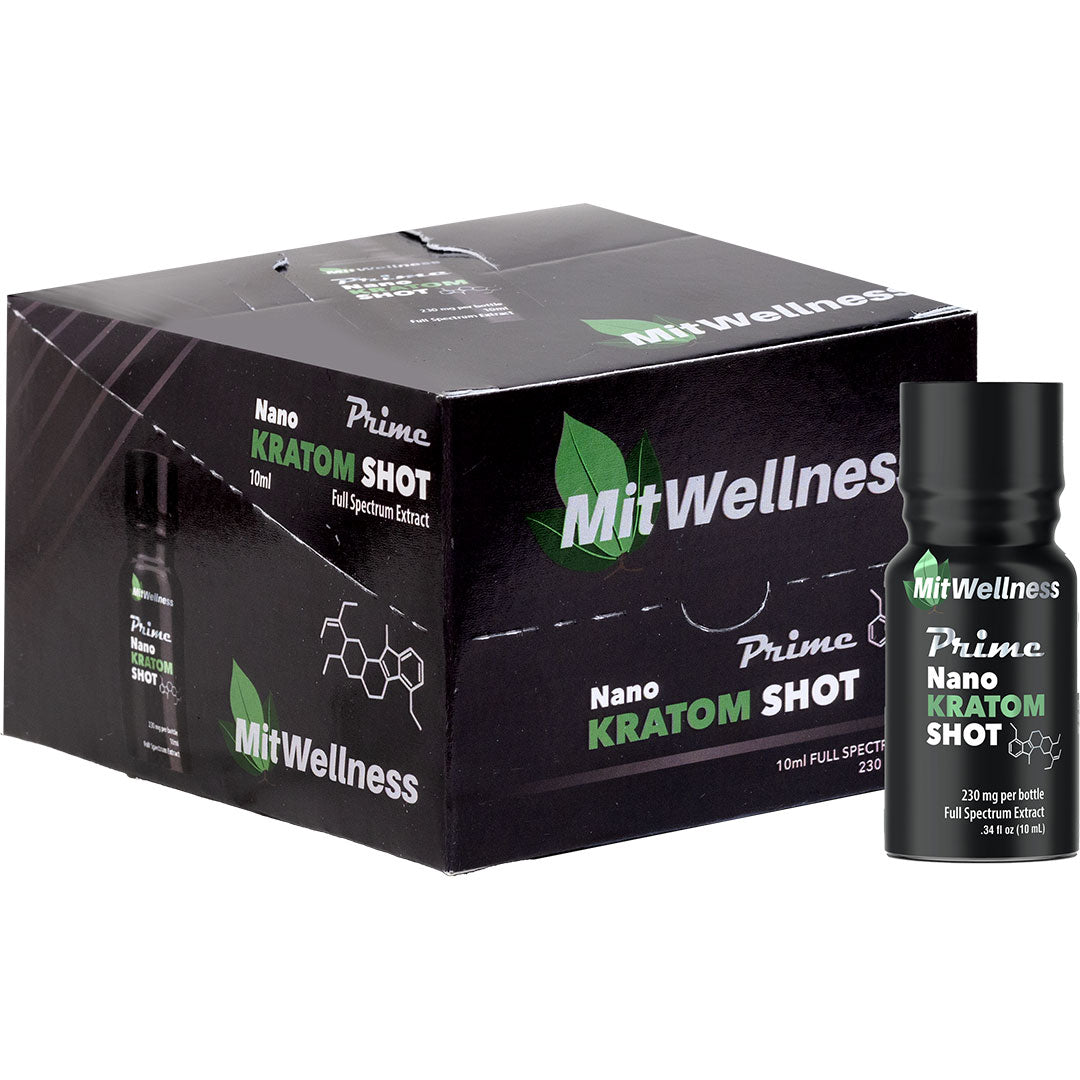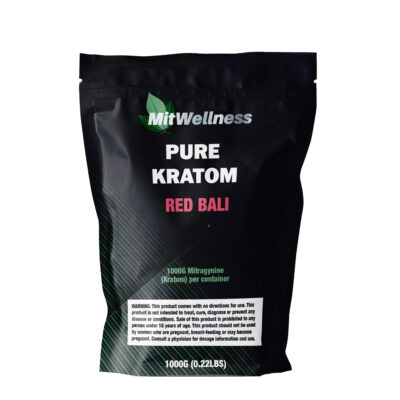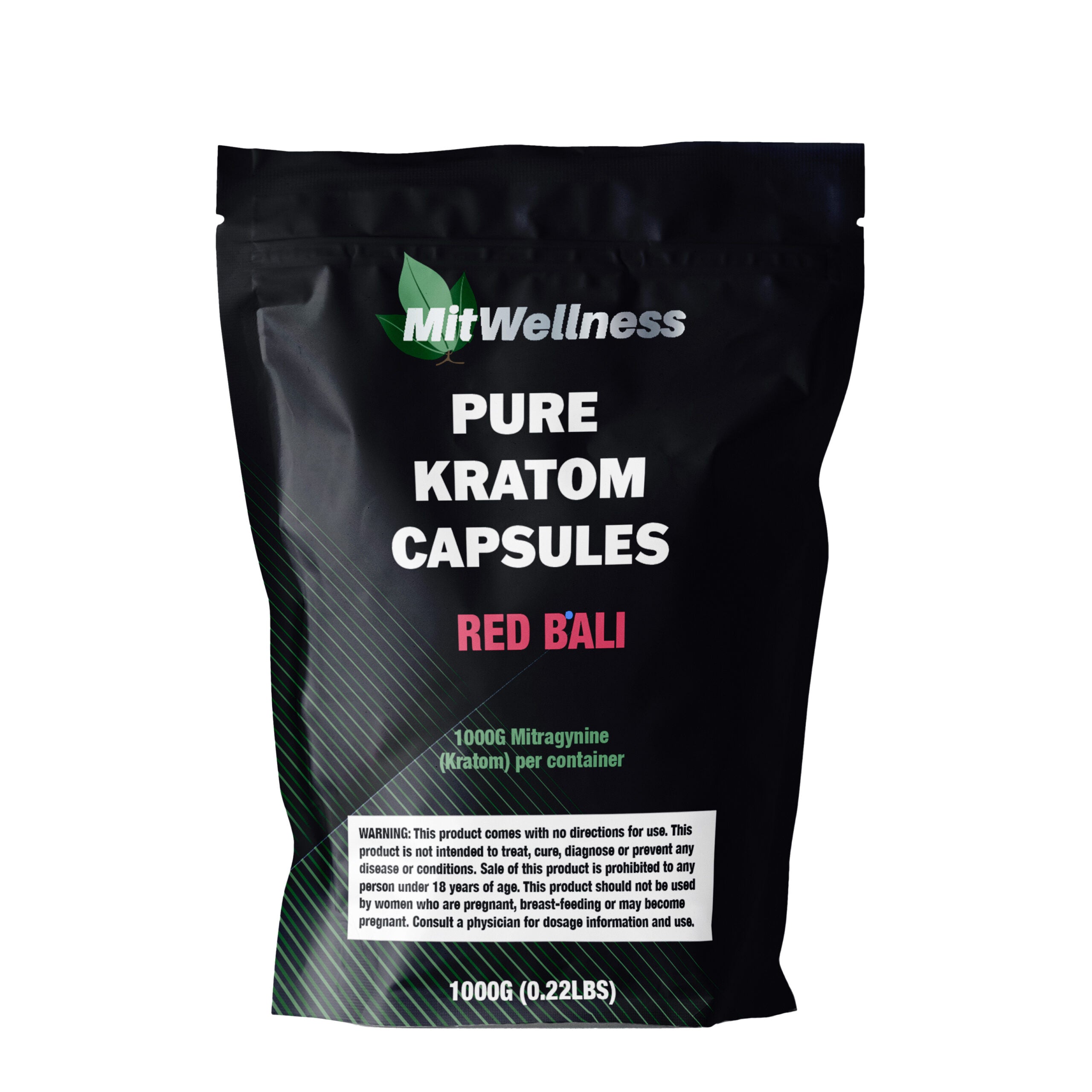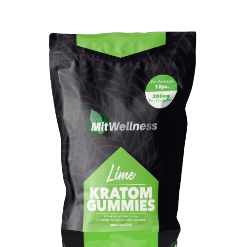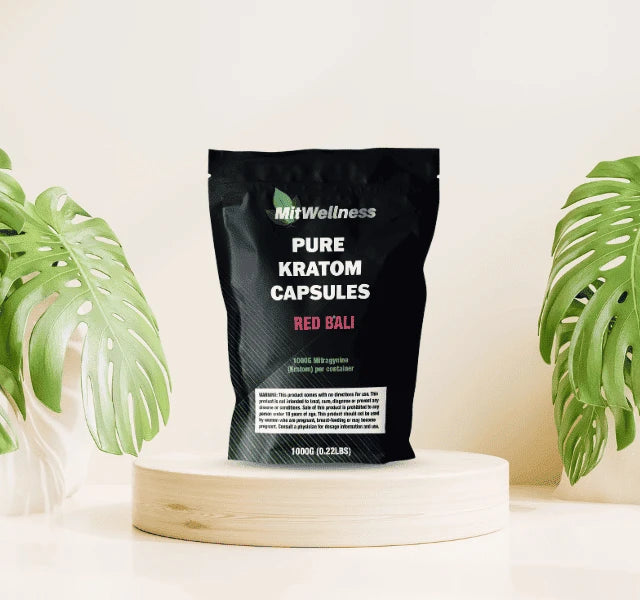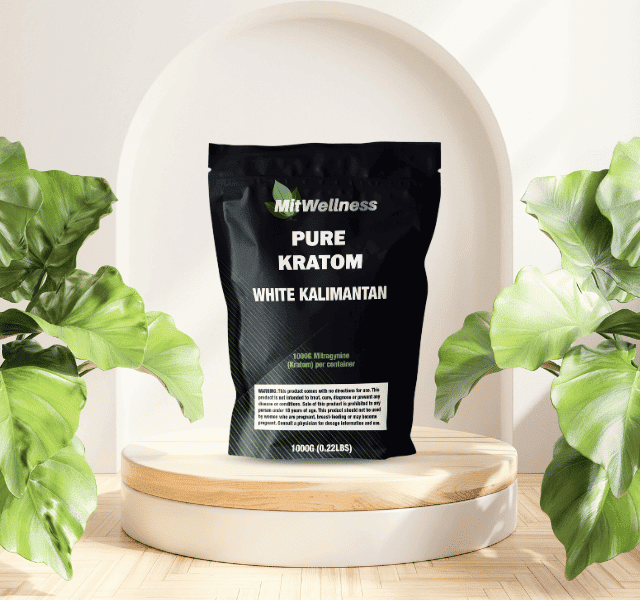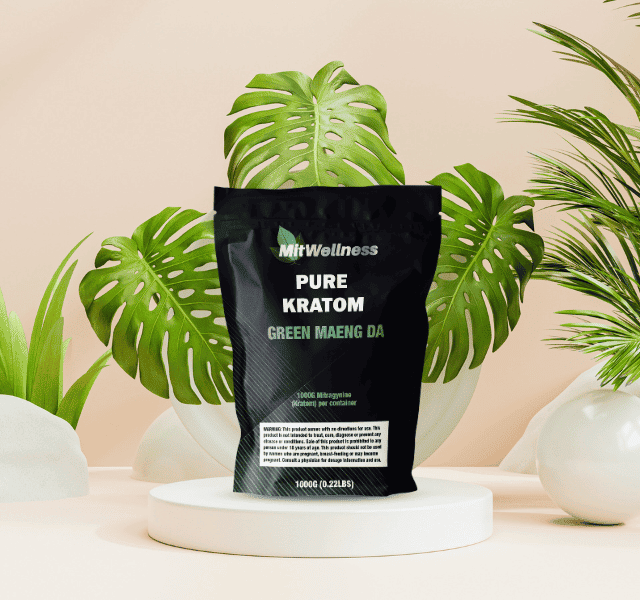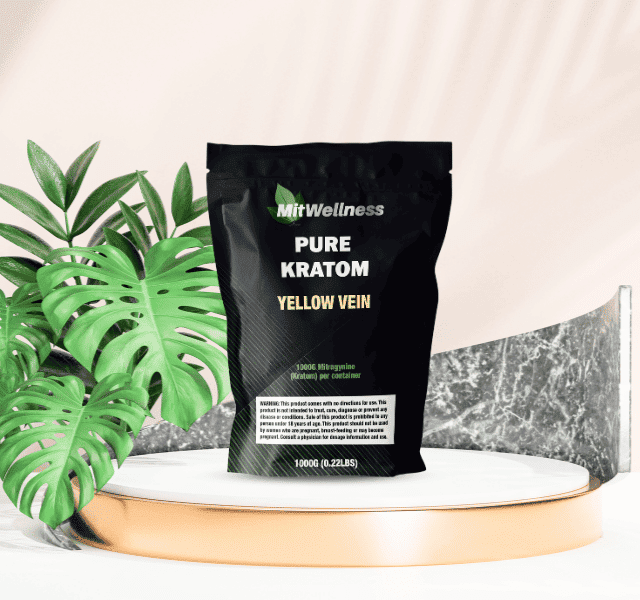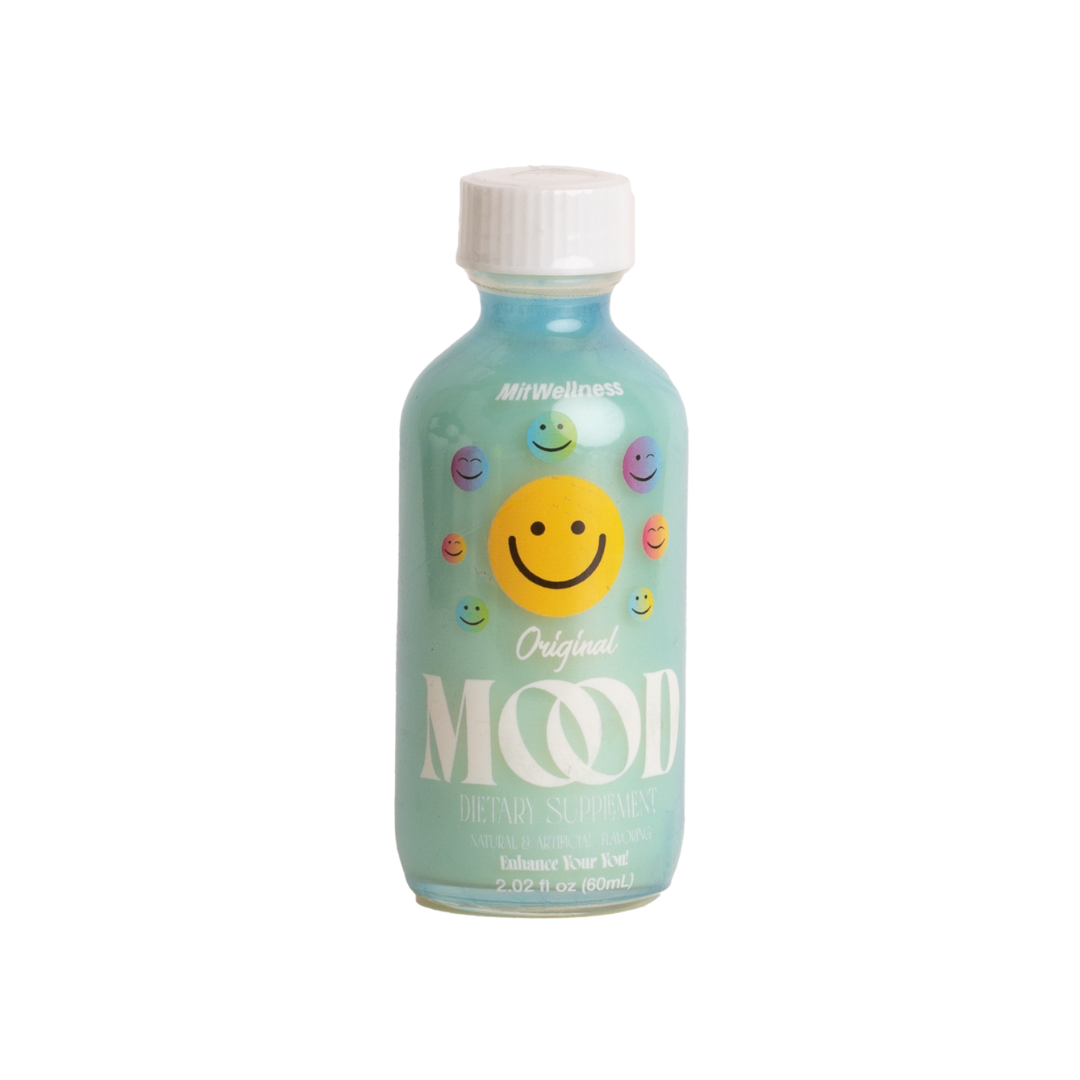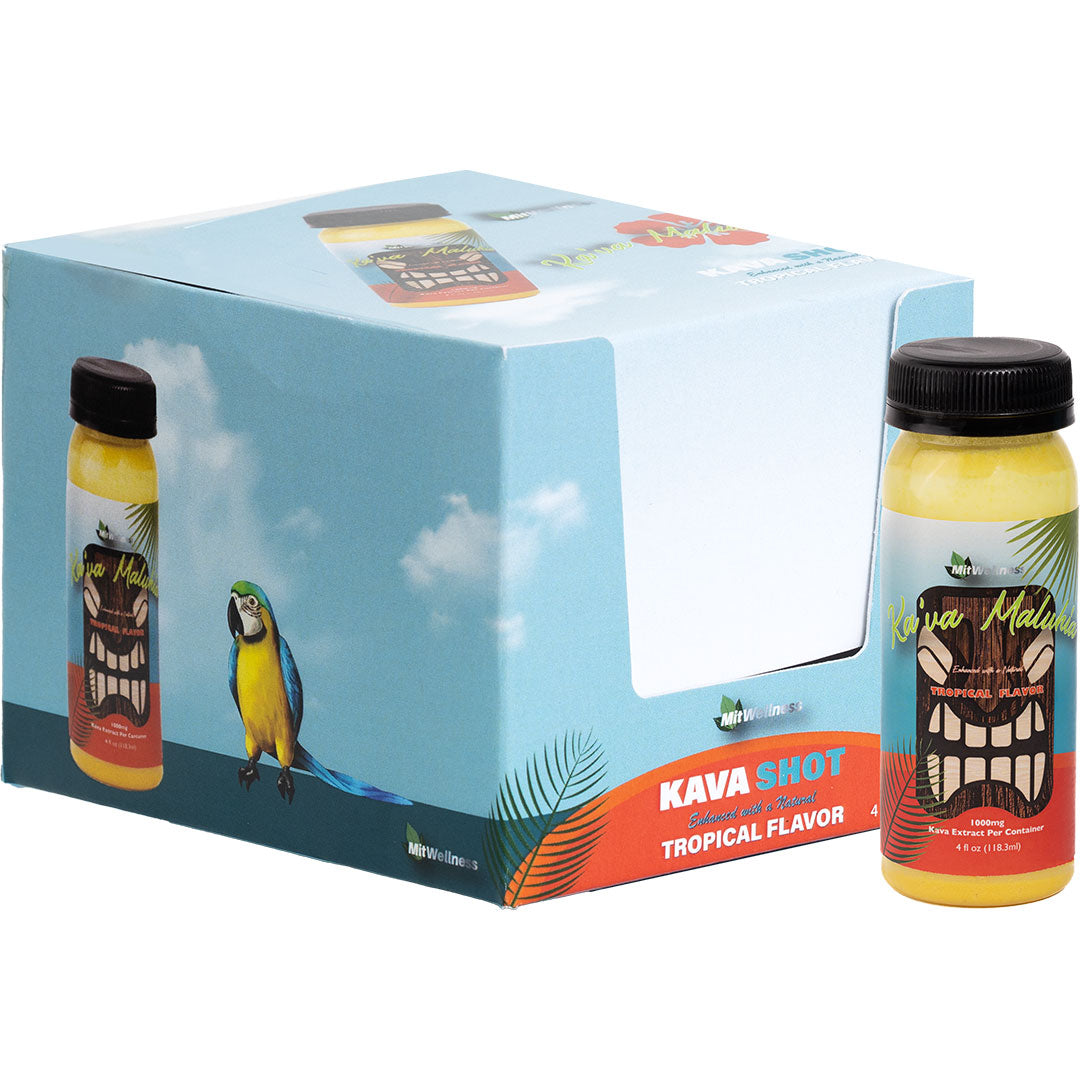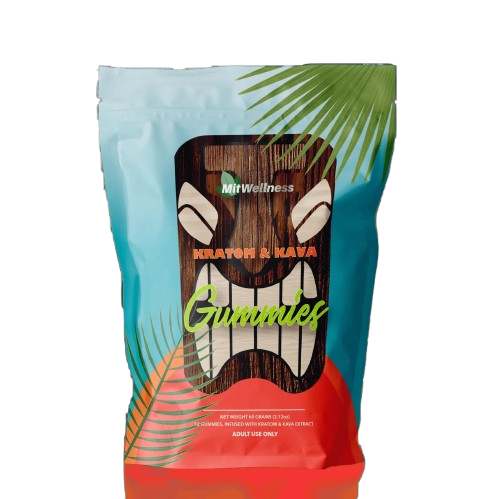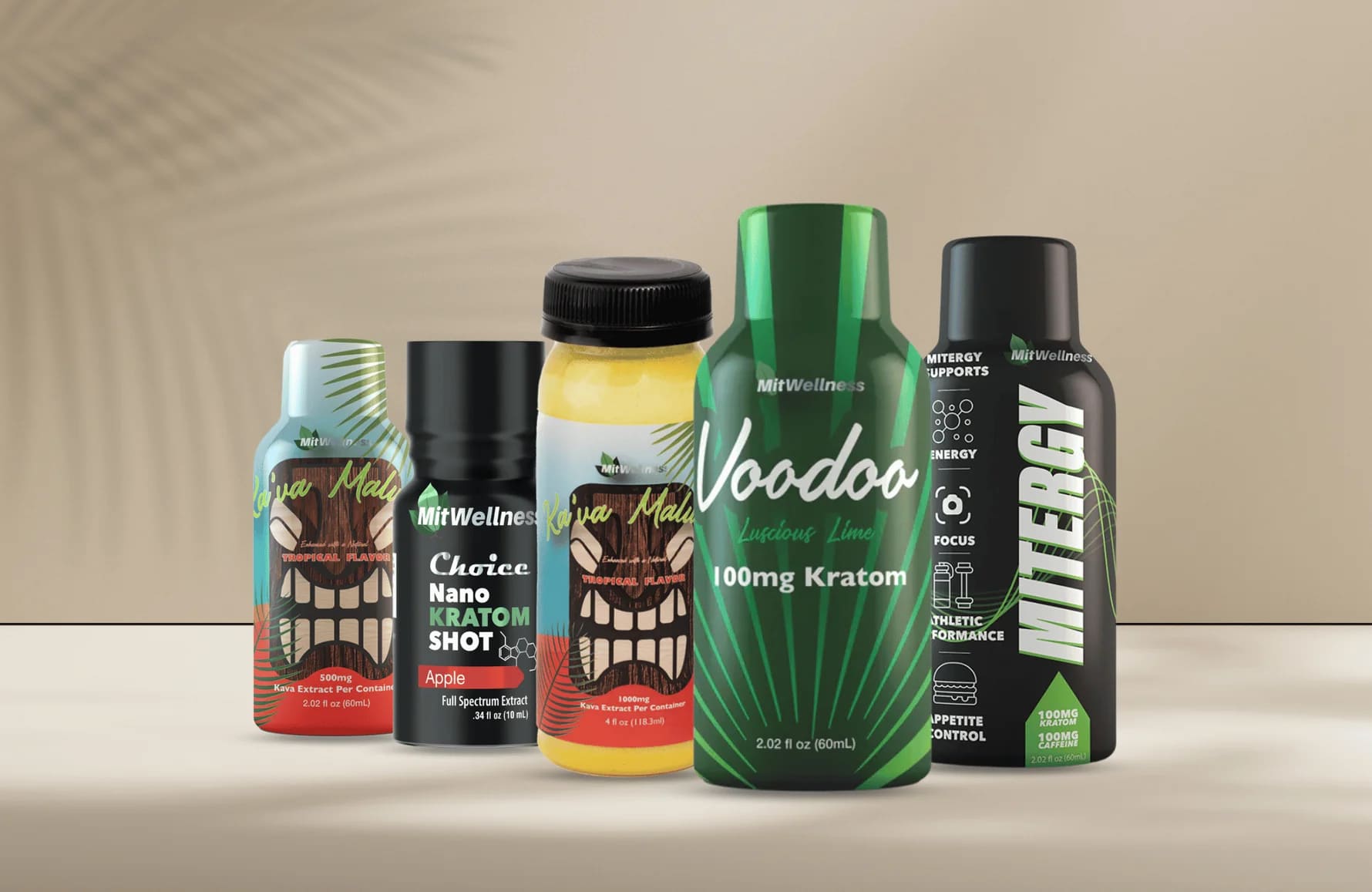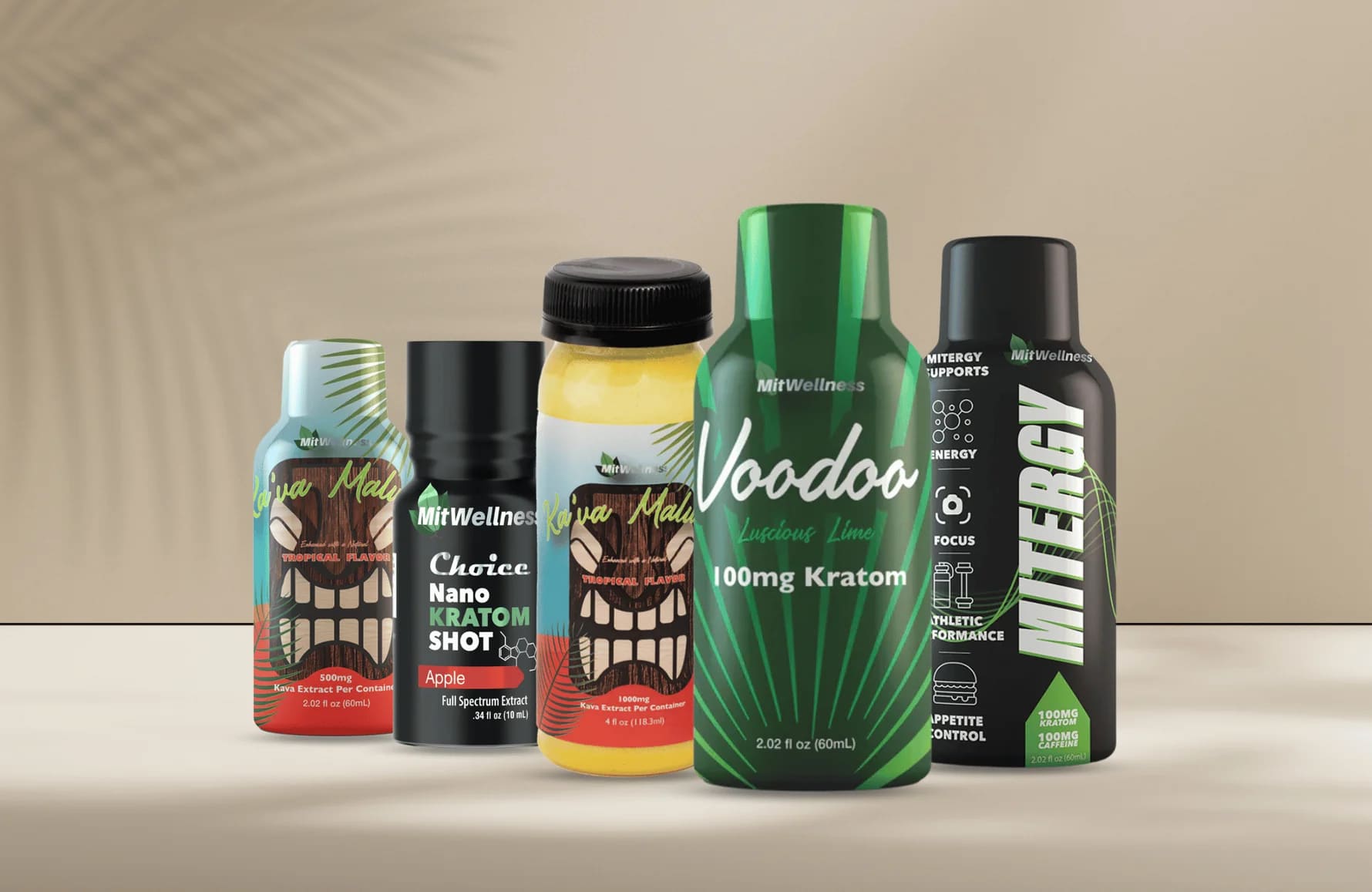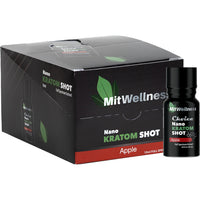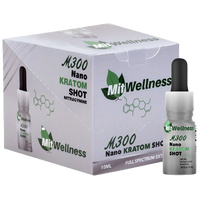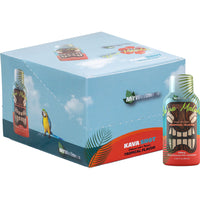
Let’s clear the fog. If you've just fallen down the “Green Maeng Da vs Red Bali” rabbit hole, you're probably drowning in opinions, contradictions, and more tabs than you care to admit.
But worry not, this isn’t one of those articles that leaves you more confused than when you started. We’re cutting through the noise and laying it all out in plain English. Whether you’re just getting started or looking to switch things up, this quick breakdown of Green Maeng Da or Red Bali will help you figure out which Kratom strain fits your style.
Getting To Know Green Maeng Da
Green Maeng Da isn’t just a catchy name—it’s a story rooted in the lush, tropical heart of Southeast Asia. Specifically, it hails from the dense jungles of Thailand’s fertile regions, where Kratom trees have been growing for centuries like nature’s best-kept secret.
What makes this strain stand out? It starts with the green-veined leaves, handpicked at their peak by farmers to maintain their powerful alkaloid content, but the magic doesn’t stop at harvesting. After collection, the leaves go through a specialized drying process, typically in controlled indoor environments that protect their integrity. This careful method helps lock in all the natural characteristics that make Green Maeng Da so respected among Kratom enthusiasts.
Green Maeng Da: What It Might Feel Like
→ Zoning out during interviews or losing track mid-conversation? Green Maeng Da might help sharpen your focus [1] when you need it most.
→ And if your house feels more like a three-ring circus, it might help bring a bit more calm [2] and tranquility [3] to the chaos.
A Closer Look At Red Bali
Red Bali is the old soul of the Kratom world—deep, grounded, and rich with tradition. Grown in the fertile soils of Bali, Indonesia, this strain comes from fully matured leaves that have soaked up just the right amount of tropical sun before harvest.
What gives it that signature edge? It’s all in the red vein color—a sign the leaf has reached its natural peak. Once harvested, the leaves undergo sun-drying or fermentation, time-honored methods that deepen both the color and character of the leaf.
Behind all that care is a robust alkaloid profile, particularly high in Mitragynine, the primary compound that gives Red Bali its distinct identity.
What Red Bali Could Offer Your Day
→ Got no close friends around and your only buddy’s off to study? Red Bali might help boost your mood [4] and make socializing a little easier [5] and meeting new faces.
→ Another article rejection hitting your inbox? Red Bali Kratom might help you relax [6] and let that creativity [7] find its way back.
Green Maeng Da vs Red Bali: Which Is The Right Pick For You?
So now that you’ve met both of these popular strains and are aware of their effects—Green Maeng Da might help you with its crisp, chill vibe [8], and Red Bali might help you with its laid-back, steady presence—you’re probably wondering which one belongs on your shelf.
Here’s the thing: it’s not about which one is “better.” It’s about what you might need, and when.
Instead of seeing these two as competitors, think of them more like different tools in your wellness toolbox. You wouldn’t use a hammer to stir soup, right? Same goes here. What might feel great before a Monday full of meetings might not be what you want on a quiet Sunday afternoon. So, it’s you who can make a better decision.
The MitWellness Advantage: Your Source For Both Green Maeng Da & Red Bali
Whether you're stocking up on Green Maeng Da, sticking with your favorite Red Bali, or exploring both, MitWellness is a name many customers turn to for trusted, high-quality Kratom.
Every product is lab-tested and GMP-compliant, and approved by the American Kratom Association, so you can feel confident about what’s in your order—nothing extra, nothing uncertain.
We focus on freshness, consistency, fast and discreet shipping, and careful packaging designed to respect your privacy. Our products are sourced and processed with attention to detail, ensuring a clean, reliable experience from our facility to your doorstep.
At MitWellness, we’re not just about the product—we’re about the process. And that means doing things right, every time.

